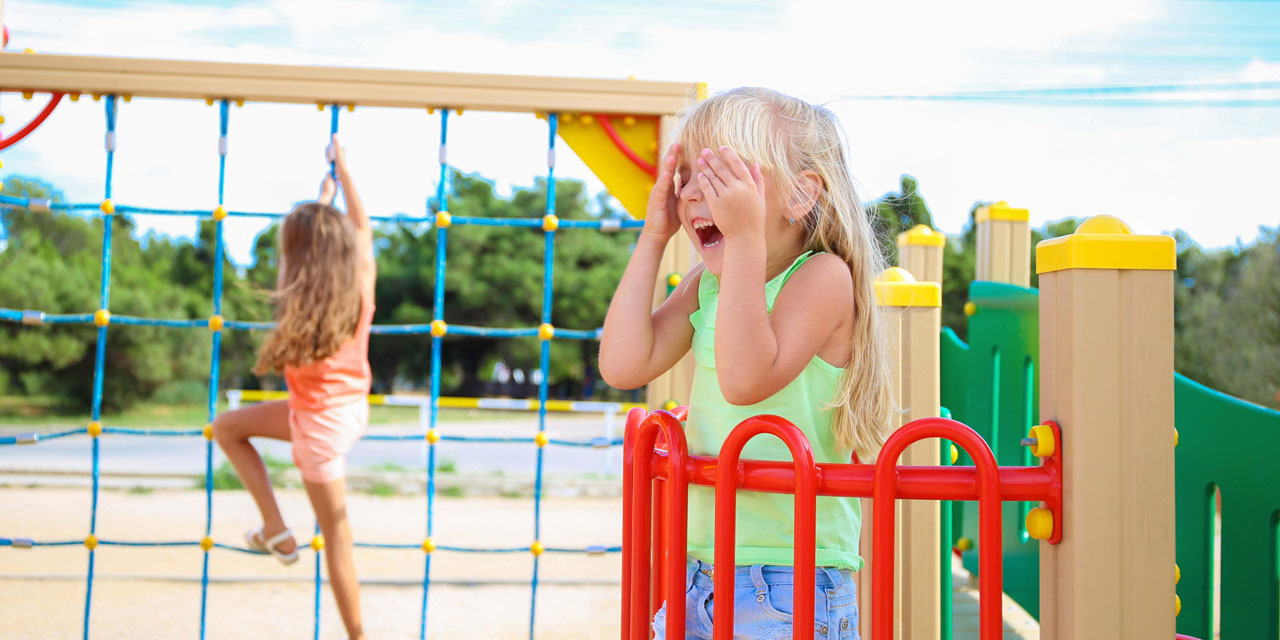General Information, Sensory Processing
The Sensory Overload Anxiety: A Guide for Parents to Help Kids Self-Regulate
Welcome, Parents, to the wild and wonderful world of sensory overload anxiety! Many children experience sensory overload at different times, which can lead to feelings of anxiety. In this case study article, we will delve into what sensory overload anxiety is, how it affects children, and most importantly, how you can help your child self-regulate in moments of overwhelm.
Understanding Sensory Overload:

Sensory overload occurs when a person’s senses are overwhelmed by too much input from their environment. This can happen when there is too much noise, bright lights, strong smells, or even too many people around. For children who are sensitive to sensory stimuli, these experiences can be particularly challenging.
Case Study: Meet Lily
Let’s examine a typical scenario involving sensory overload anxiety. Meet Lily, a 7-year-old girl who loves playing at the park. One sunny afternoon, Lily and her family went to a busy playground. Many kids were running around, there were loud sounds of laughter, and the bright sun was shining down. As Lily tried to swing on the swing set, she suddenly felt overwhelmed by the noise, the movement, and the heat.
Lily started to feel anxious, her heart racing and her hands shaking. She wanted to run away and hide. This is a typical reaction to sensory overload anxiety.
Helping Lily Self-Regulate:
As a parent, it’s essential to recognise the signs of sensory overload anxiety in your child and help them self-regulate before things escalate. Here are some strategies you can use to support your child like Lily:
.

- Create a Safe Space: When you notice your child becoming overwhelmed, find a quiet and calm space where they can take a break from the sensory stimuli. This could be a quiet corner in the park, a cozy spot at home, or even just sitting in the car for a few minutes.
- Deep Breathing: Encourage your child to take deep breaths to help calm their nervous system. You can do this together by breathing slowly through the nose and out through the mouth. This simple technique can be very effective in reducing anxiety.
- Sensory Tools: Provide your child with sensory tools to help them cope with overwhelming situations. This could be a stress ball to squeeze, noise-cancelling headphones, or a fidget toy to keep their hands busy.
- Establish Routine: Consistency and predictability can help children feel more secure and less anxious. Establishing a routine for daily activities can provide a sense of stability for your child.
- Communication: Encourage open communication with your child about their feelings and experiences. Help them identify when they are feeling overwhelmed and support them in finding ways to cope.

Sensory overload anxiety can be a challenging experience for children like Lily, but with your support and understanding, they can learn to self-regulate and manage their anxiety effectively. By creating a safe space, practising deep breathing, providing sensory tools, establishing routines, and promoting open communication, you can help your child navigate the sensory overload adventure with confidence and resilience.
Remember, every child is unique, so it’s essential to tailor your support to their individual needs and preferences. Together, we can empower children to overcome sensory overload anxiety and thrive in a world entirely of sensory stimuli. Stay tuned for more fun parenting adventures!